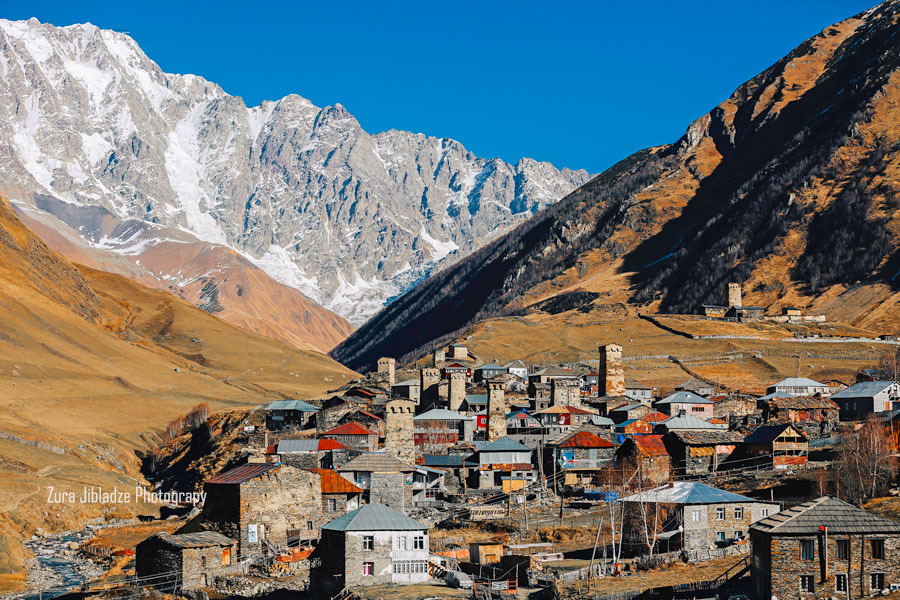
9 Ways to Get Excited for Your Trip to Svaneti
07/04/2020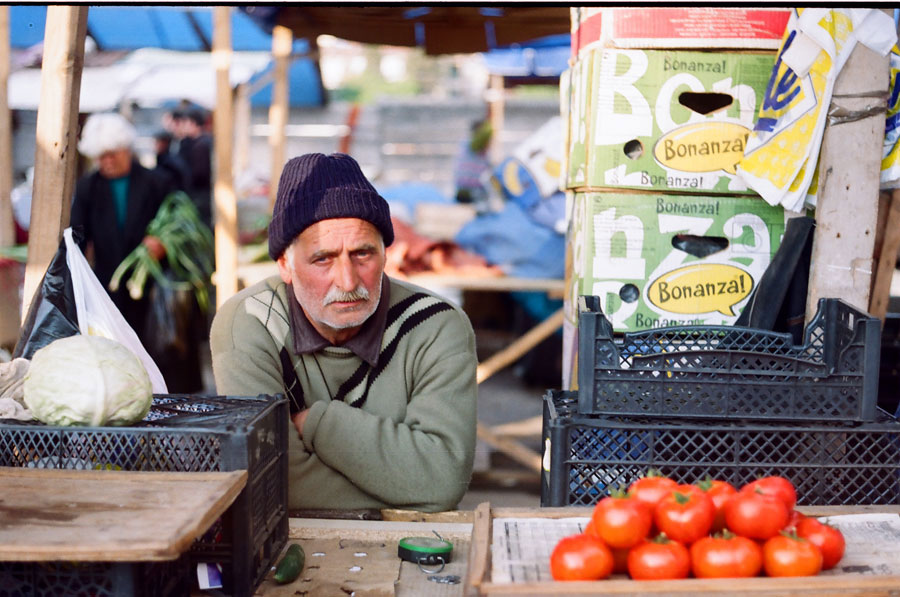
Tbilisi street market walk – explore local treasure!
14/04/2020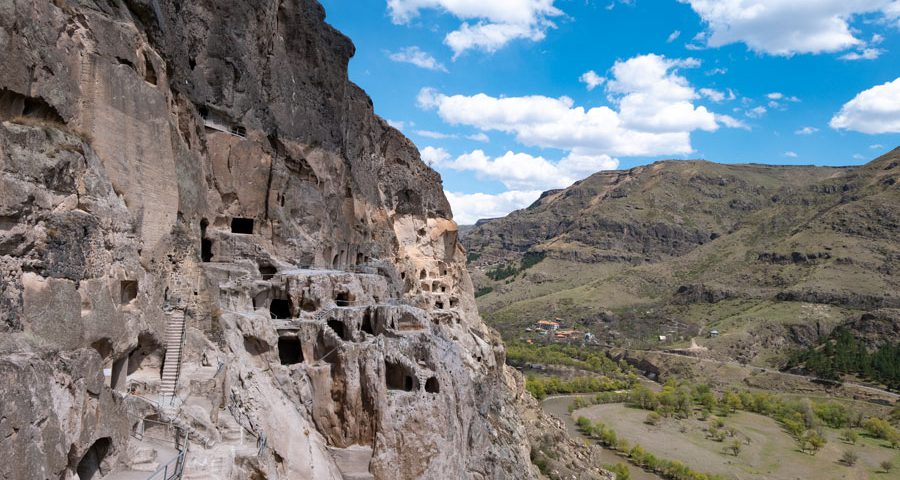
Here we will tell you story about Vardzia and as well 3 different options to visit that place.
One of the must see place in Georgia after Tbilisi is Vardzia. The cave city impressing visitors by its mysteries and grandiosity. “It is a miracle, it is as inaccessible as are Alexander wall and Khyber Tower” – this is how the Chronicler of Persian Safavid dynasty describes the city.
Cave city – located in historic Samtskhe, nowadays Aspindza region, 300 km far away from Tbilisi carried a strategic meaning for the country. Gathering almost 3000 caves from which nowadays only 550 units are left provided solid shelters for almost 50 000 residents. The city lied on the territory of 500 meters in length and consisted of 13 storeys.
Even today, when only one sixth is left from the original Vardzia, it surprises viewers with its scales and architectural solutions. It is worth to note that the place gathered all necessities for qualified life including storage’s, bedrooms, meeting rooms, drug stores, even wineries.
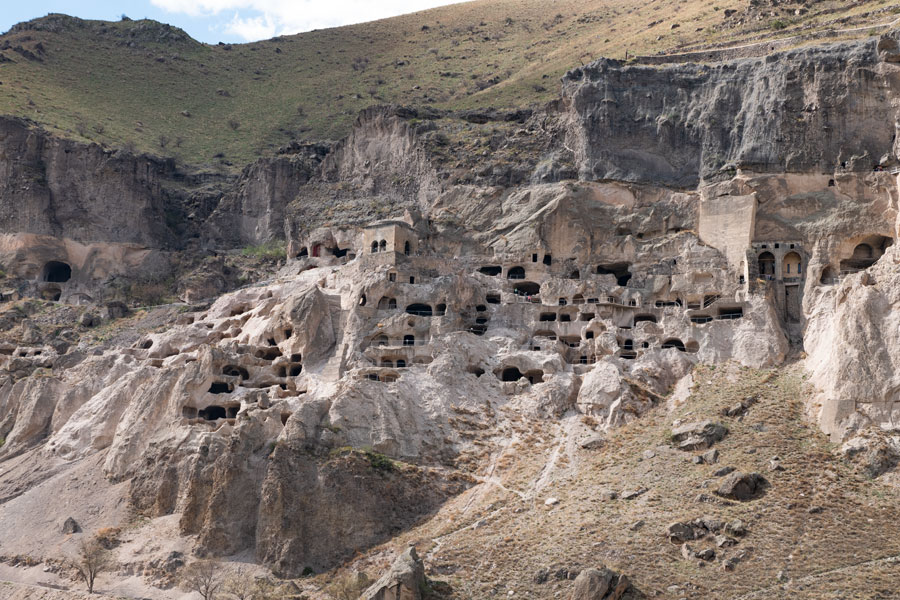
The height of the city is 1300 m above the sea and also this place was believed to be holy place as it is related to the name of Georgians favorite king Tamar, who ruled Georgia in 12th century. Here we have also to note, that Vardzia construction process started in XI century and it is dated as a monument of II half of XII century.
There are a lot of mysteries and legends based on a true story as people say about Vardzia, but let us tell you the story of its construction: as people say according to the first plan, Vardzia was supposed to be built as a frontier city of inaccessible fortress, which should be protected by strong garrison.
Construction of Vardzia was started in XI century in Zemo Vardzia, several kilometers far away from Vardzia itself. Zemo Vardzia is a place where one or two storied cells together with the temple of Saint Mary that was built in XI century. Temple was ornamented; fragments of frescoes on the interior walls are still reserved. Chronicler tells that cloister life of Zemo Vardzia was moved to the territories of nowadays Vardzia.
One of the legends about Vardzia establishment tells that for the first time Vardzia cave cutting was started in different place or rock than now existing. In the evening workers used to gather their tools at the bottom of the rock. However, when they were back in the morning they could never find the tools on the place they had put. Once after searching the tools, workers found them at the bottom of another rock. Such occasion continued happening during a particular time. Finally, workers believed that this happening was a sign and they started slashing the caves in the rock where they used to find the tools every morning.
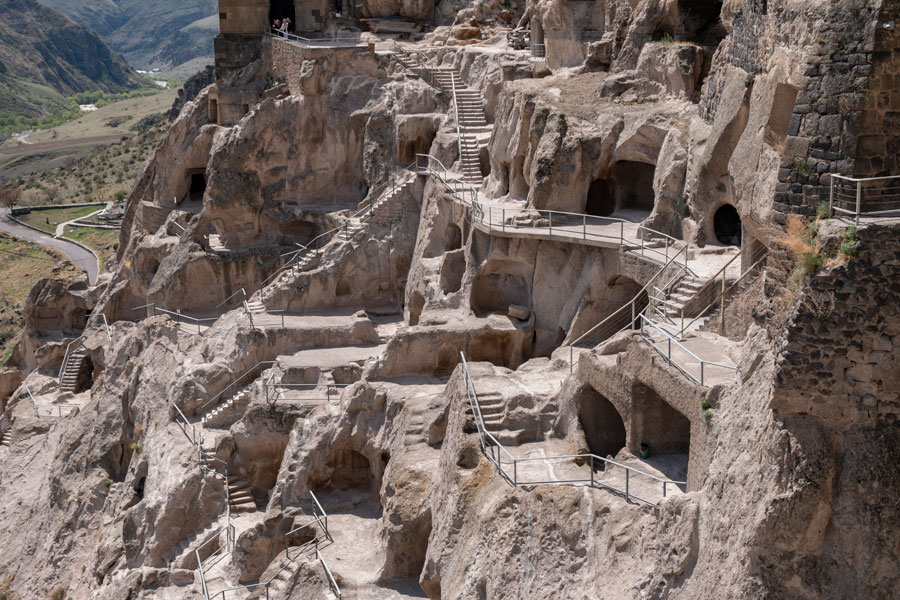
Construction the monument took almost 2 centuries. The first period of Vardzia building coincides with reign of George III in 1156-1184 years. This period is related to the creation of general plan and workings to perfect it. Construction of first caves are dated by the same period.
The second stage consists of years (1184-1186) between the events of George III death and King Tamar’s marriage. The existing plan was partially changed according to Tamar’s order. In the center of Temple, big hall church of Dormition of the Theotokos was built with the tunnel of 7 meters for defensive aims. After finishing the temple construction, church performances were broadened.
The third stage takes the years from painting the church of Dormition of the Theotokos to Basiani fight, 1183-1203 years. This period is related with construction of rock public and monastery houses, protective place for hiding that was connected to temple, water tunnel and irrigation channel.
The fourth period relates to the results of earthquake taking place in 1283. Beqa-Jakeli-Tsikhisjvareli was supervising the construction. Two very important objects were built in this period: double arch building to strengthen the temple and two-storied church tower. The church tower divides Vardzia complex into two parts. This is Vardzia itself so called rock village Ananuri And the final phase or the fifth stage consist of the works for creation of new alter. Ivane Atabagi supervised the process that lasted during 1391-1444 years. In 1283, on Easter eve, strong earthquake took place and it destroyed Vardzia caves, tunnels connected the complex to cells and the front part of temple. It damaged water pipe also. After that, the complex totally changed its appearance.
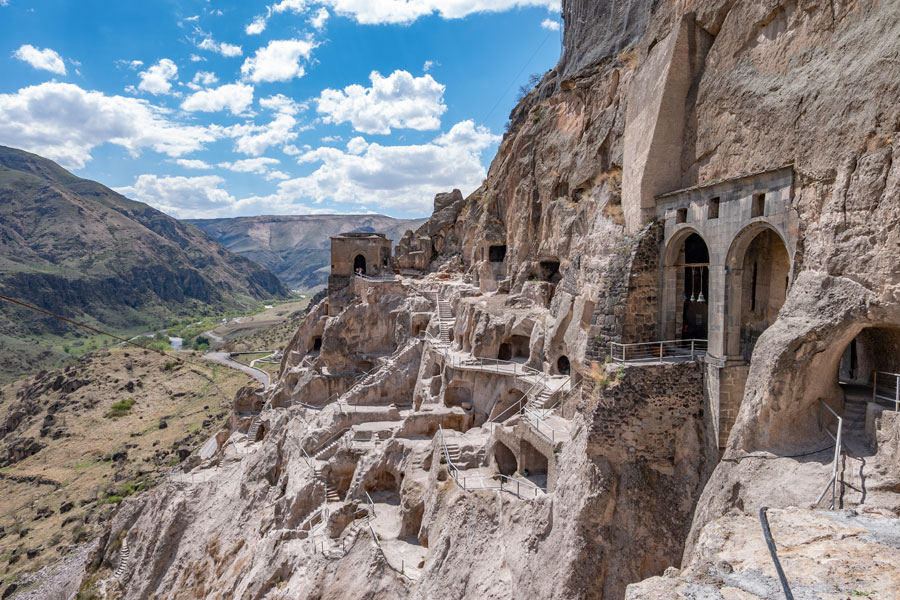
On the places of destroyed tunnels and roofed passes, open paths were created Well, we can’t prove that the story about place selection is a true, but what we definitely assure is that Vardzia is place everyone has to visit.
Enjoy your stay in Georgia and share the spirit of mid of centuries.
Visit Vardzia
1. Rent a Car
With car you will visit Vardzia and many other surrounding places like Borjomi, Akhaltsikhe (Rabat Castle) and so on… very easy, but you should to stay minimum one night, most probable in Akhaltsikhe or Borjomi.
2. Join organized day tour
Many local travel agencies offering tour to Vardzia, which is will be one full day and exhausting but possible!
3. Public Transport
There is no direct public transport from Tbilisi, only Tbilisi-Akhaltsikhe where you need to take another mini bus to visit Vardzia and for sure, you should to stay one night in Akhaltsikhe or Borjomi
